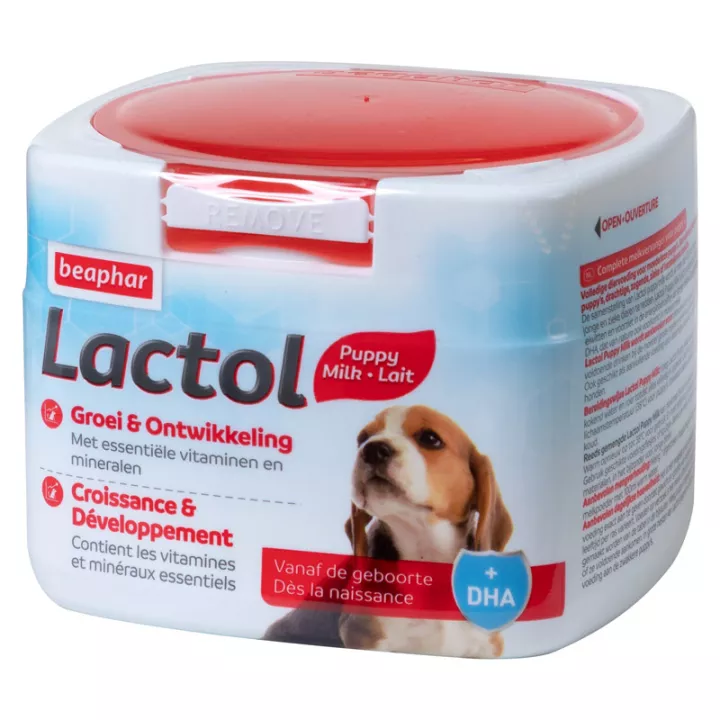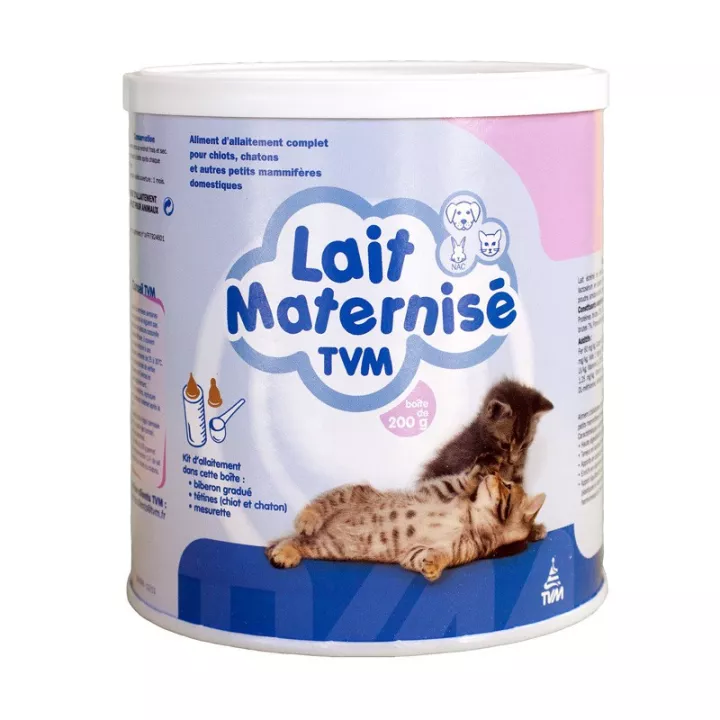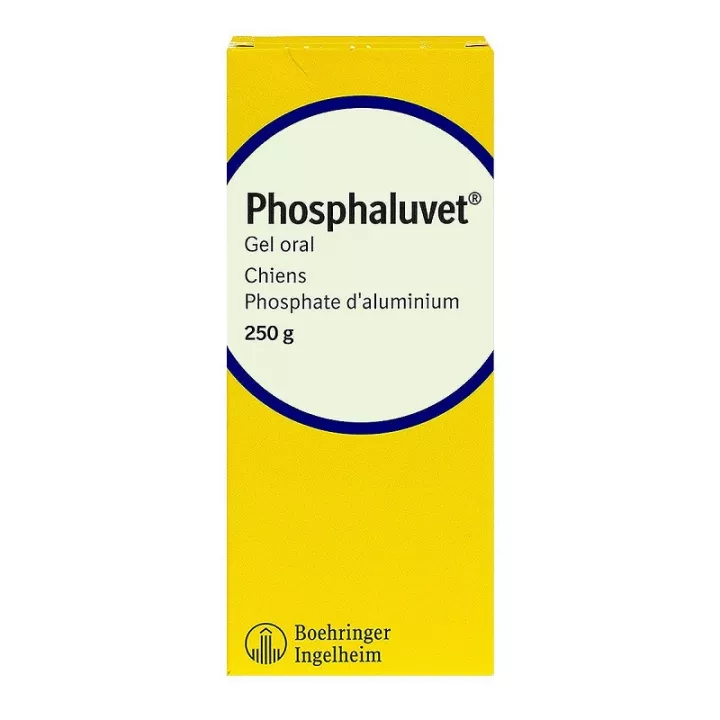What is Biocanina Antilactis For Dogs and Cats 30 Tablets used for?
Biocanina Antilactis For Bitches and Cats 30 Tablets is a symptomatic treatment for dry milk production. Biocanina Antilactis For Dogs and Bitches 30 Tablets is designed for cats and bitches to help treat lactation disorders. In fact, it can be used to regulate milk production in pets and help relieve symptoms associated with excessive milk production.
Each Biocanina Antilactis tablet contains the active ingredient Aminophylline. Aminophylline is a substance belonging to the bronchodilator group, traditionally used to treat respiratory problems in animals and humans. However, it has also been shown to suppress lactation in lactating females.
Aminophylline acts by inhibiting the production of prolactin, a hormone necessary for lactation. It also reduces udder sensitivity to the hormonal and sensory stimuli responsible for milk production. Biocanina Antilactis can therefore be used to gradually reduce milk production in bitches and cats.
Biocanina Antilactis is a veterinary medicine widely recognized for its efficacy in suppressing undesirable lactation. It has been used successfully by many vets and breeders to manage this problem in bitches and cats.
The drug enables precise control of lactation, which can be essential in a variety of situations. Whether it's to prevent overproduction of milk in a bitch or cat not intended for breeding, for medical reasons, or to manage aggressive behavior linked to the defense of kittens, Biocanina Antilactis offers an effective solution.
Biocanina Antilactis tablets are easy to administer, either directly into the animal's mouth or mixed with food. This makes them a convenient option for pet owners and breeders.
Proper use of Biocanina Antilactis, under the supervision of a veterinarian, is generally considered safe. However, it is essential to follow dosage recommendations and consult a veterinarian before administering this medication, particularly in females with a medical history or specific health problems.
Biocanina veterinary laboratory also offers Dermine tablets at the best price in our online pharmacy.
How to use these tablets
To guarantee the well-being of your bitch or cat, the dosage of Biocanina Antilactis is specially designed to adapt to their body weight. Simply give a dose of 1 to 5 mg of aminophylline per kilogram of body weight, orally, 2 times a day, 12 hours apart. Consult the table below to determine the quantity of tablets required according to your pet's weight:
- For small cats and bitches weighing less than 10 kg, give 1 tablet per dose.
- For medium-sized bitches weighing up to 30 kg, give 2 tablets per dose.
- For large bitches weighing over 30 kg, give 3 tablets per dose.
Treatment may last up to 5 additional days if necessary. Be sure to follow dosage instructions to ensure optimal treatment for your pet.
Precautions for use
Do not combine Biocanina Antilaitux with ephedrine.
What does it contain?
A 200 mg scored tablet contains :
Active substance(s) :
Aminophylline............................................................ 20.0 mg
Presentation
Biocanina Antilactis Pour Chienne et Chatte 30 Comprimés comes in a box of 30 tablets.
Natural health advice:
There are various natural ways to regulate milk production in animals, here are just a few:
-
Diet control: By regulating the quantity and quality of the animal's diet, you can help control milk production. It's important to maintain a balance between proteins, fats and carbohydrates to avoid excessive milk production.
-
Regular stimulation and massage: Regular stimulation and massage of the udder can help regulate milk production by encouraging blood flow and circulation.
-
Exercise: Active, fit animals tend to produce less milk than sedentary ones. Encouraging your pet to exercise can help regulate milk production.
-
Herbs and plants: Certain herbs and plants such as chamomile, fennel, parsley and fenugreek root can help regulate milk production in animals. It is important to consult a veterinarian before using these natural remedies.
















